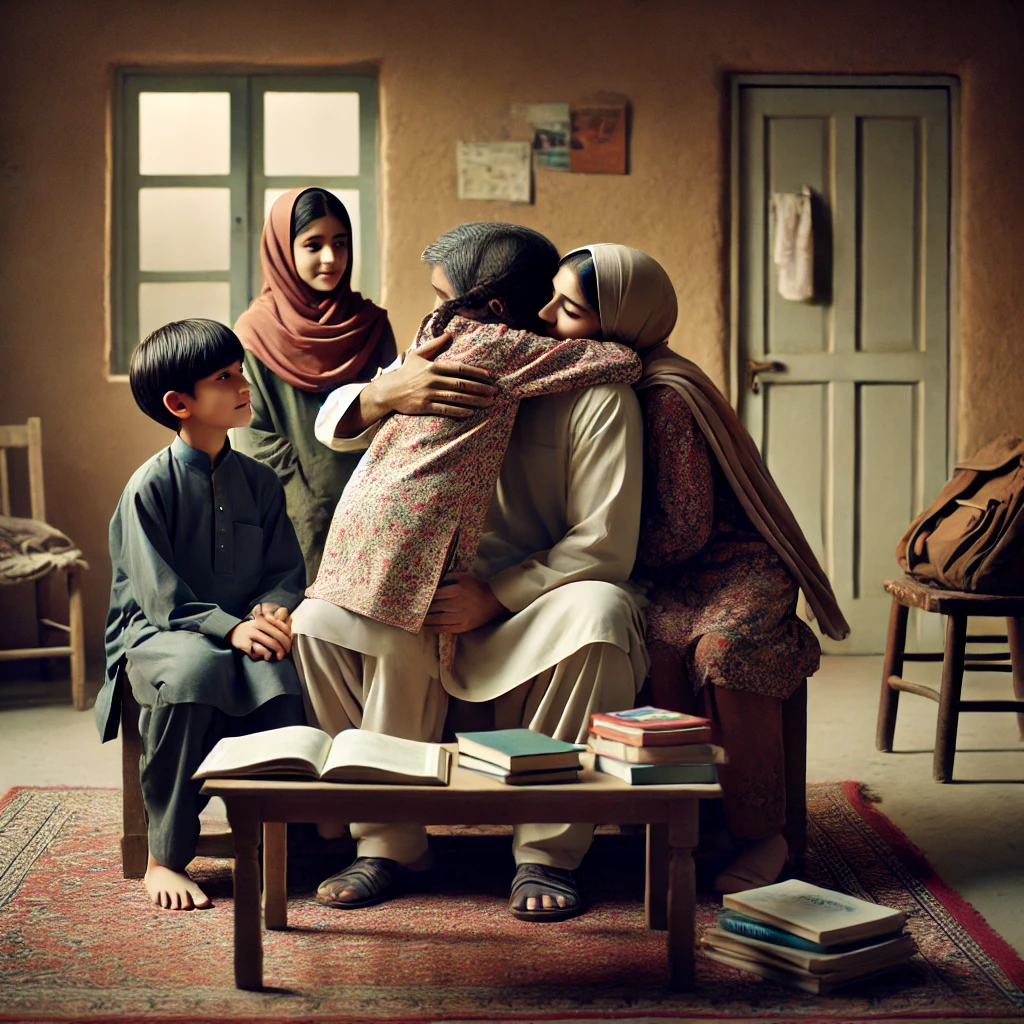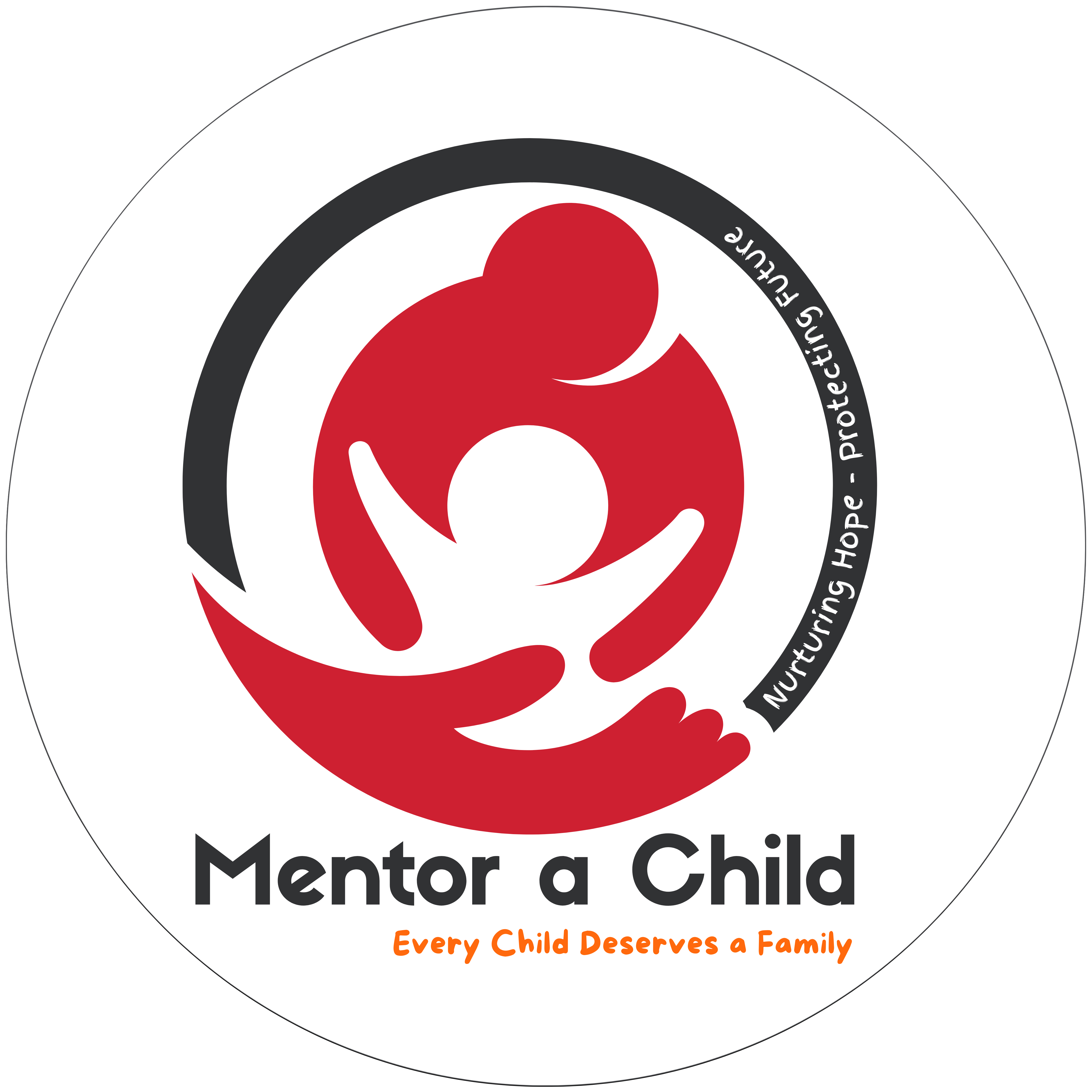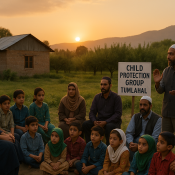
Shaista
Background
In an era where global peace remains an aspirational goal, the protection of children’s rights stands as a fundamental cornerstone of human progress. While countries worldwide allocate substantial resources to institutional childcare, mounting evidence suggests these systems often fall short of providing the nurturing environment children need to thrive. With an estimated eight million children living in institutional care globally, the urgent need to explore alternative, family-based solutions has never been more pressing.
The Challenge
In the kandi region of Pulwama district, where basic infrastructure and educational opportunities remain limited, a disturbing trend has emerged: the institutionalization of children for educational purposes, especially religious education. This case study traces the journey of Shaista Yousuf (Name Changed), a fifteen-year-old girl whose story shines light on both the challenges of institutional care and the transformative power of family-based alternatives.
Initial Situation
At 12-years-old, Shaista was admitted to an institution although she has a healthy father and siblings living at home. She is the only one among four siblings sent away to a child care institution only to study in a religious institution. The idea, although it came from a good intention, would turn out to have many adverse effects on her well-being.
Problems within Institutional Care
From regular observations and Individual Child Care Plan intervention by Human Welfare Voluntary Organisation, some serious problems have surfaced:
- Health degradation
- Psychological distress
- Personal hygiene is not kept properly
- Problem in learning and concentration
- No time to enjoy other recreational activities
- Behavior problems
The Intervention Programme
Human Welfare Voluntary Organisation, assisted by UNICEF in the project “Building Community Based Care Mechanism for Children in Need of Care and Protection,” designed a detailed intervention plan:
Family Evaluation
Conducting detailed visits to the family, the team found that Shaista’s father, who was a laborer, supported the whole family successfully with little means.
Family Education
The intervention team:
Educated the family on the children’s rights.
Highlighted the necessity of family-based care.
Informed the family of Shaista’s experience in institutional care.
Demonstrated how Shaista can pursue religious and modern education living at home.
Through sustained engagement and advocacy, the team was able to convince the family to take Shaista back home. A comprehensive education plan was developed:
Enrollment in a nearby higher secondary school for formal education
Admission to a local seminary for religious teachings
Regular monitoring of her progress and well-being
Outcomes
Post-reintegration monitoring showed that Shaista’s overall well-being had improved significantly. She was brought back to a family environment that led to:
Significant health improvements
Enhanced emotional stability
Better academic engagement
Improved social connections
Key Insights
This case study provides the following key findings:
This is to illustrate that risks associated with over-institutionalization, although educational aspirations might motivate them, do exist.
The importance of family-based care for child development
Achievement of educational objectives and family relationships are possible.
Importance of all-round support mechanisms for effective reintegration.
Shaista’s case works as a vibrant testimony to alternative family-based cares. It denies the current belief of institutional care for educational purposes as well as supports the possibility to achieve educational requirements without losing crucial family environment facilities. This kind of case supports family-based care services worldwide and maintains that institutionalism is the extreme measure rather than the first selection.




